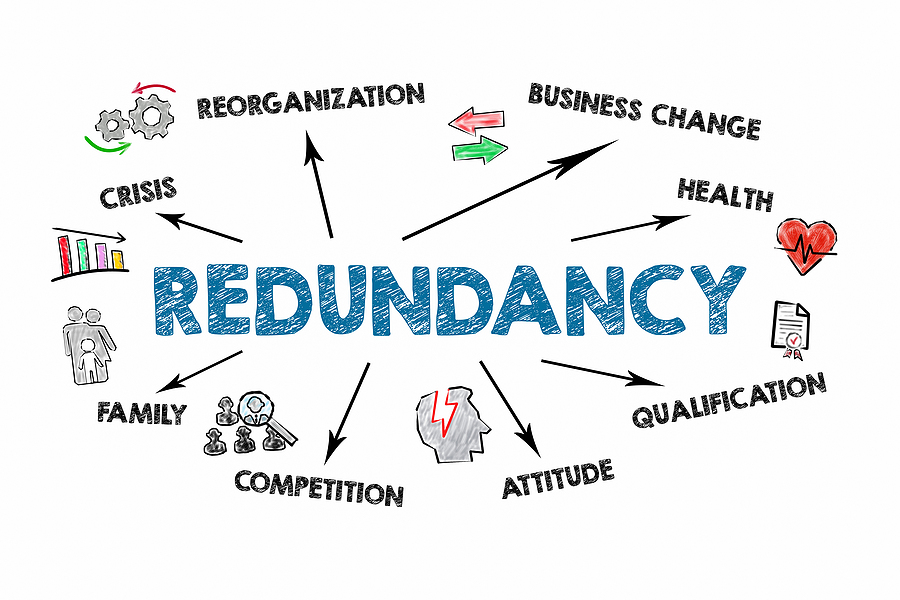Australia’s ultra-tight job market could be reaching a turning point as more employers flag redundancies.
Yet the sharp rise in redundancy intentions – to 31 per cent from 17 per cent – in the Australian HR Institute’s quarterly survey comes alongside an uptick in organisations planning to keep hiring.
The survey of more than 600 people working in human resources revealed a 71 per cent increase in recruitment intentions in the December quarter, up from 61 per cent.
AHRI chief executive Sarah McCann-Bartlett said there were a few reasons for the inconsistency, including disparities across sectors.
Some corners of the economy are still experiencing severe labour shortages, whereas others are looking to cut costs via redundancies.
And within the same organisation, certain areas may be contracting to cut costs at the same time as recruitment for mission-critical roles continues.
Ms McCann-Bartlett said it was not clear cut, and a messy dataset often pointed to a turning point for the labour market.
“Either way, 2024 looks a more challenging year for employers and workers,” she said.
Australia’s labour market has exceeded expectations for much of 2023, with unemployment hovering at 50-year lows and recording stellar employment growth.
Deloitte Access Economics is forecasting a weaker 2024 for the jobs market, with a drop off in job vacancies the first sign of trouble.
David Rumbens, lead author of a report into the labour market outlook, said there was evidence of a tipping point emerging.
“Recent job gains were driven by part-time workers, average hours worked still sits well off its 2023 peak and the underutilisation rate has been nudging upward since the start of 2023,” he said.
The economic group expect the significant 405,500 likely job gains for 2023 to ease to more like 75,000 in 2024, before picking back up to 177,00 in 2025.
While business conditions have been deteriorating already, Mr Rumbens said there had been minimal job losses.
“That may be because of labour hoarding – Australia has seen real output growth slow a lot more than employment growth, suggesting employers may be hanging on to staff even when they are not fully utilised,” he offered.
He said this was a sensible strategy when conditions are expected to improve again, but if the downturn extends longer than thought, unemployment could take a “double hit” in the year ahead.
A separate report from think tank The Australia Institute revealed an increase in unpaid work, with employees reportedly doing an average of 5.4 hours a week.
This equates to 281 hours a year, or seven standard work weeks.
Centre for Future Work’s Fiona MacDonald said “time theft” had blown out by 57 hours per worker since 2022, which was close to pandemic-era levels.
“Record-low unemployment should have pushed both satisfaction with working hours and paid hours higher as employers scrambled to fill labour shortages,” Dr Macdonald said.
Poppy Johnston
(Australian Associated Press)





